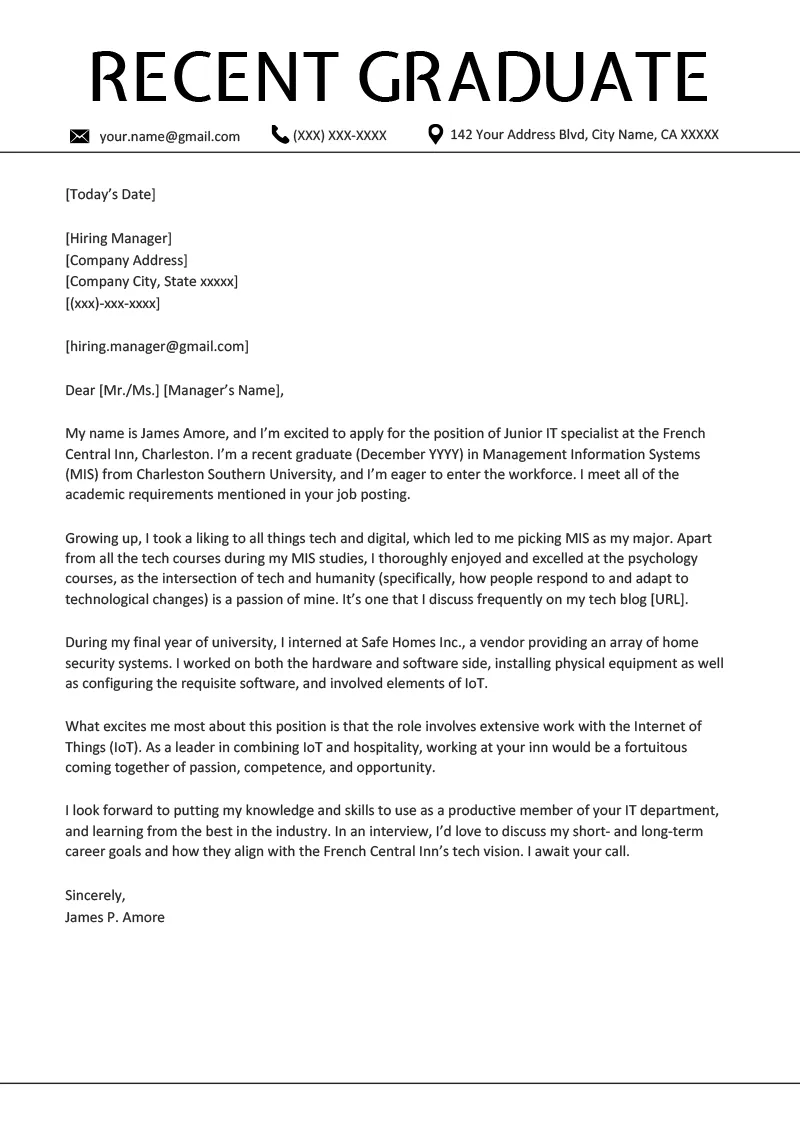What Is a Good Job Cover Letter?
A good job cover letter is your first introduction to a potential employer, accompanying your resume to showcase your skills, experience, and interest in the specific role. It’s an opportunity to highlight why you’re the perfect fit for the job and company, going beyond the information presented in your resume. The primary goal of a cover letter is to secure an interview by making a compelling case for your candidacy, demonstrating your personality, and illustrating your understanding of the company’s needs and values. A well-crafted cover letter provides context, making your resume more engaging and helping you stand out from other applicants.
Key Elements of a Good Job Cover Letter
A good job cover letter comprises several essential elements that work together to create a strong impression. These elements include a professional header, a personalized opening, a clear and concise body that highlights relevant skills and experiences, and a compelling closing. Consistency in tone, formatting, and language is crucial for reinforcing a positive message. Each section of the cover letter serves a specific purpose, from introducing yourself to expressing your enthusiasm and desire to contribute to the company. Understanding and incorporating these elements properly increases your chances of securing an interview.
Header Information
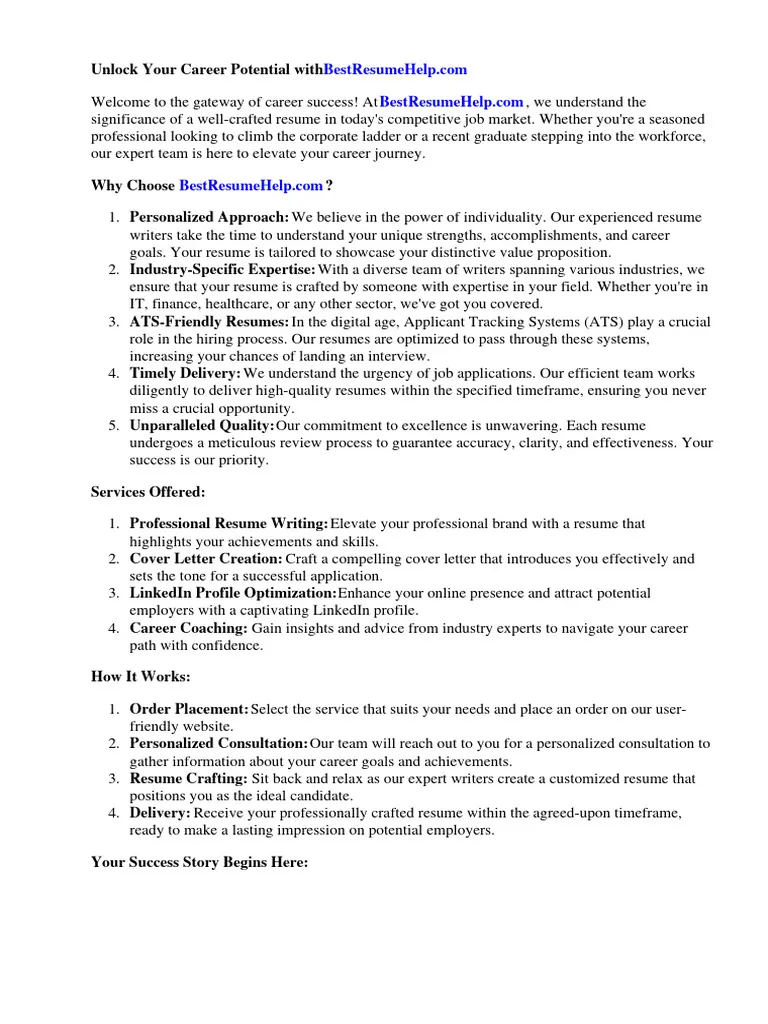
The header of your cover letter sets the tone for professionalism. Begin by including your full name, address, phone number, and email address. Ensure your contact information is accurate and up-to-date. Use a professional email address; avoid using nicknames or unprofessional email handles. This information should be easily accessible and clearly visible. The header sets the foundation for your application, making it easy for recruiters to contact you if they are interested in moving forward. It should be consistently formatted to align with your resume and overall branding.
Applicant Contact Information
The applicant contact information, mirroring the header, ensures the hiring manager can easily reach you. Including your full name, professional title (if applicable), phone number, and a professional email address is essential. This details should be placed at the top of the letter, providing instant access to your contact details. Double-check the accuracy of your phone number and email to prevent any missed opportunities. This section’s presentation is key; choose a readable font and sufficient spacing for clarity.
Date and Recipient Information
Following your contact information, include the date, typically the date you are sending the letter. Then, provide the recipient’s details. If possible, address the letter to a specific hiring manager or recruiter. Researching the name of the hiring manager adds a personal touch, showcasing your attention to detail and initiative. If the name is unavailable, use a general greeting like ‘Dear Hiring Manager’ or ‘Dear [Department Name] Hiring Team’. Correctly addressing the recipient demonstrates your professionalism and engagement.
Salutation
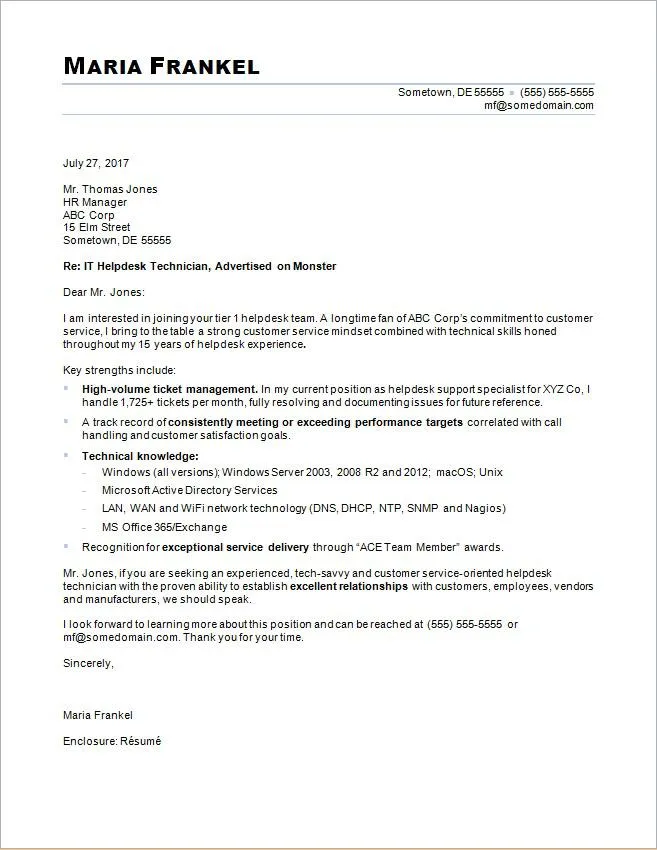
The salutation is your opening greeting. Use ‘Dear Mr./Ms./Mx. [Last Name]’ if you know the hiring manager’s name. Otherwise, opt for ‘Dear Hiring Manager’ or ‘Dear [Department Name] Hiring Team’. Avoid generic salutations like ‘To Whom It May Concern’, as they can make your letter seem impersonal. Ensure your salutation aligns with the tone of the job and company. A well-chosen salutation immediately establishes a professional and respectful tone for the rest of the letter.
Crafting the Opening Paragraph
The opening paragraph is critical for grabbing the reader’s attention. State the position you are applying for and where you found the job posting. Immediately express your enthusiasm for the role and the company. Consider including a brief statement about why you are interested in this opportunity, or what you bring to the table. This paragraph should set the tone for your letter, showcasing your interest and making the reader want to continue reading. Start with a strong, concise opening, and make it clear why you’re a great candidate.
Highlighting Your Skills and Experience
The body of your cover letter should highlight your skills and experiences that directly relate to the job requirements. Focus on how your qualifications match the needs of the role and the company. Provide specific examples of your achievements, using the STAR method (Situation, Task, Action, Result) to demonstrate your capabilities. Quantify your accomplishments whenever possible, using numbers to show the impact of your work. This section is where you convince the hiring manager that you have what it takes to succeed in the position.
Tailoring Your Cover Letter to the Job
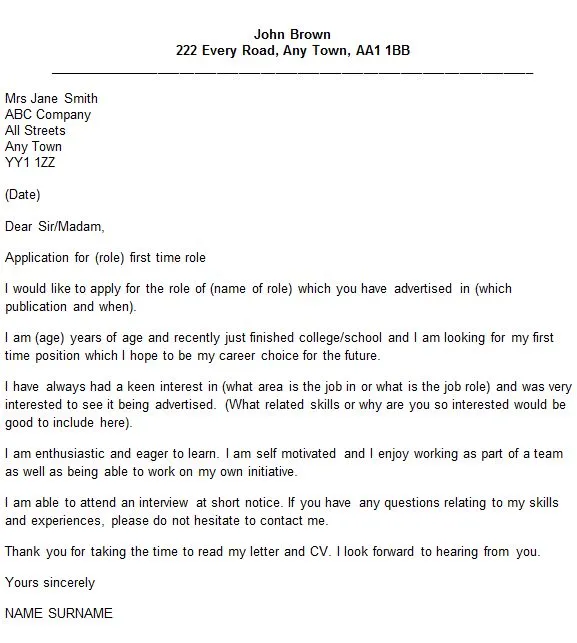
Customize your cover letter for each job application. Review the job description carefully and identify the key skills and qualifications the employer is seeking. Then, highlight how your experience and skills align with these requirements. Avoid using a generic cover letter; tailoring it shows that you’ve taken the time to understand the role and the company. Research the company and incorporate information about their values, mission, and recent projects to demonstrate your genuine interest.
Use Keywords from the Job Description
Incorporate keywords from the job description throughout your cover letter. This helps your application pass through applicant tracking systems (ATS) and ensures that the hiring manager sees that you have the required skills. Naturally integrate these keywords into your sentences, demonstrating how your experience and skills match the job requirements. Review the job posting carefully to identify essential keywords and phrases, using them strategically to show you’re a good fit.
Showcase Achievements with Numbers
Quantify your accomplishments to make a strong impression. Instead of simply stating your responsibilities, use numbers and data to illustrate your achievements. For example, say ‘Increased sales by 15%’ or ‘Managed a team of 10 employees and improved productivity by 20%’. Using numbers gives concrete evidence of your impact and demonstrates the value you can bring to the company. Providing measurable results makes your claims more credible and memorable.
Writing the Closing Paragraph
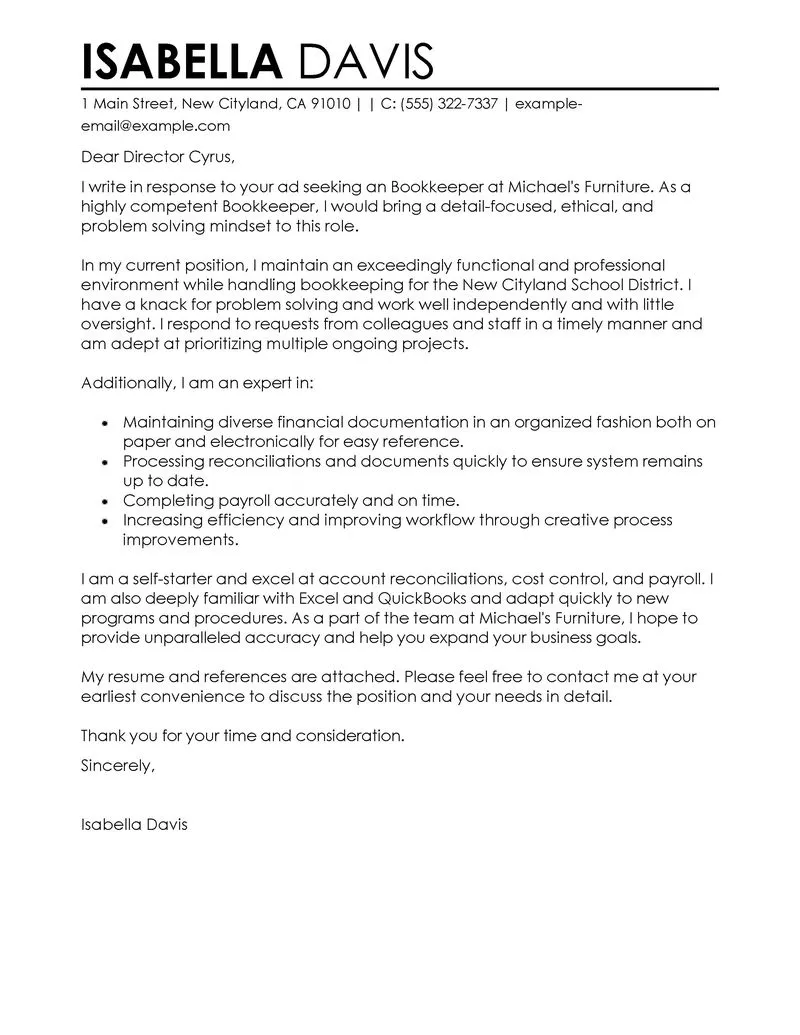
The closing paragraph should express your enthusiasm for the opportunity and reiterate your interest in the role. Thank the hiring manager for their time and consideration. Mention that you are looking forward to the opportunity to discuss your qualifications further in an interview. Be clear and concise in your closing, leaving a positive and professional impression. This is your final chance to reinforce your interest and create a lasting impression.
Expressing Enthusiasm and Interest
Throughout your cover letter, express your genuine enthusiasm and interest in the position and the company. Show that you’ve done your research and understand the company’s mission, values, and goals. Highlight how your skills and experiences align with the company’s needs and culture. Convey your passion for the role and how you envision contributing to the company’s success. Demonstrating enthusiasm makes you more memorable and shows you’re excited about the prospect of joining the team.
Call to Action
Include a clear call to action in your closing paragraph. State that you are available for an interview and provide your contact information. Encourage the hiring manager to reach out to you to discuss your qualifications further. Be proactive in your approach, showing your eagerness to take the next step. A strong call to action increases your chances of getting a response and moving forward in the hiring process.
Formatting and Proofreading
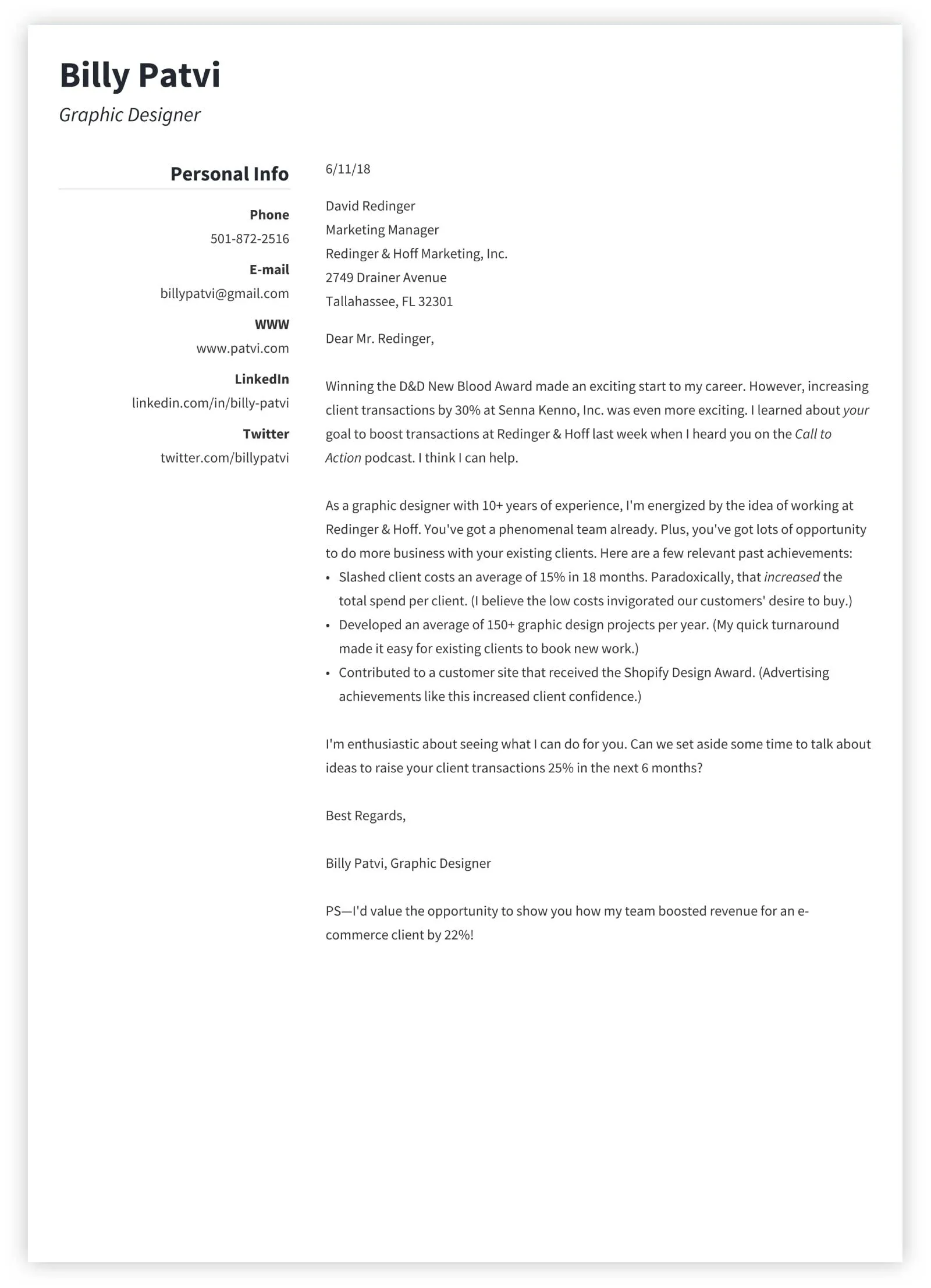
Formatting and proofreading are essential to create a professional and polished cover letter. A well-formatted cover letter is easy to read and presents you as detail-oriented. Proofreading ensures there are no errors that could detract from your qualifications. Formatting and proofreading shows your attention to detail. The perfect formatting and structure show your serious about the application.
Font and Formatting Tips
Choose a professional font, such as Times New Roman, Arial, or Calibri, with a size between 10 and 12 points. Ensure consistent formatting throughout the letter, including margins, line spacing, and paragraph alignment. Use a clear, easy-to-read layout to make your cover letter visually appealing. Keep the format clean and uncluttered, using bolding and italics sparingly. Proper formatting creates a positive impression and helps the reader navigate your cover letter effectively.
Proofreading for Errors
Proofread your cover letter carefully for any errors in grammar, spelling, and punctuation. Read it aloud to catch any awkward phrasing or sentences that don’t flow smoothly. Use a grammar checker and ask a friend or colleague to review your letter as well. Eliminate any typos or grammatical errors, as these can create a negative impression. Accuracy is critical in a cover letter, so take the time to proofread thoroughly before submitting it.
Good Job Cover Letter Examples
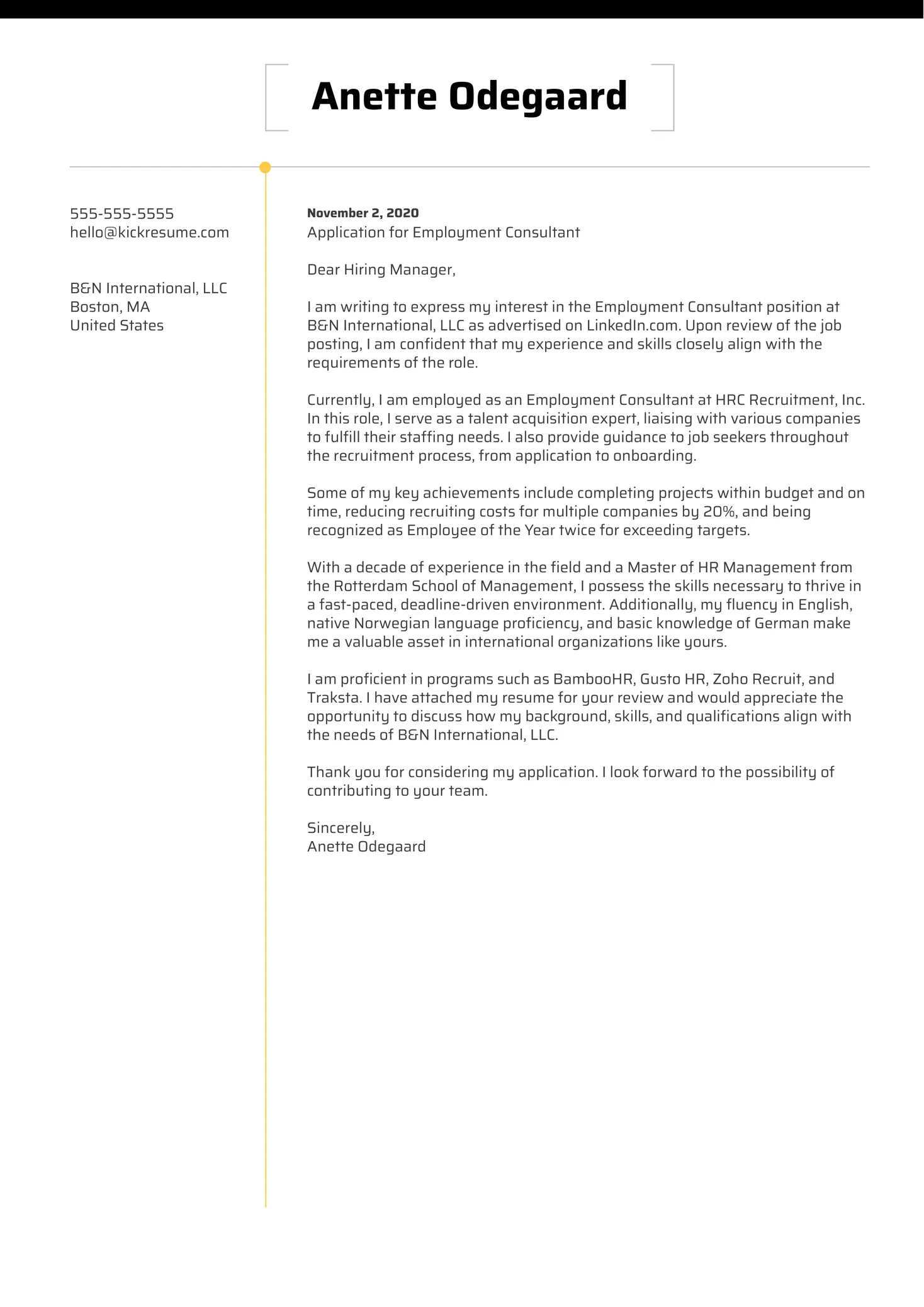
Reviewing examples of effective cover letters can give you valuable insights into how to structure and write your own. Use these examples as inspiration and a guide, tailoring them to your specific situation. It’s crucial to avoid copying directly from any example; your cover letter should reflect your unique experiences and qualifications. Understanding the structure of a good cover letter helps create a professional and effective document.
Example 1: Entry-Level Position
For entry-level positions, highlight your education, relevant coursework, internships, and any volunteer work. Show your enthusiasm and eagerness to learn and grow within the company. Emphasize any transferable skills, such as communication, teamwork, or problem-solving. Explain how your skills and experiences, even if limited, align with the job requirements. The entry-level example should focus on the skills a person can do and offer as an asset for the company.
Example 2: Experienced Professional
For experienced professionals, focus on your achievements and quantifiable results. Provide specific examples of your past successes and how you have contributed to previous companies. Highlight any leadership roles, projects, or initiatives you have led. Tailor the letter to the specific requirements of the job, emphasizing the skills and experiences that make you a strong candidate. The professional example should focus on what the person can do, including their expertise and experience in the relevant field.
Common Mistakes to Avoid
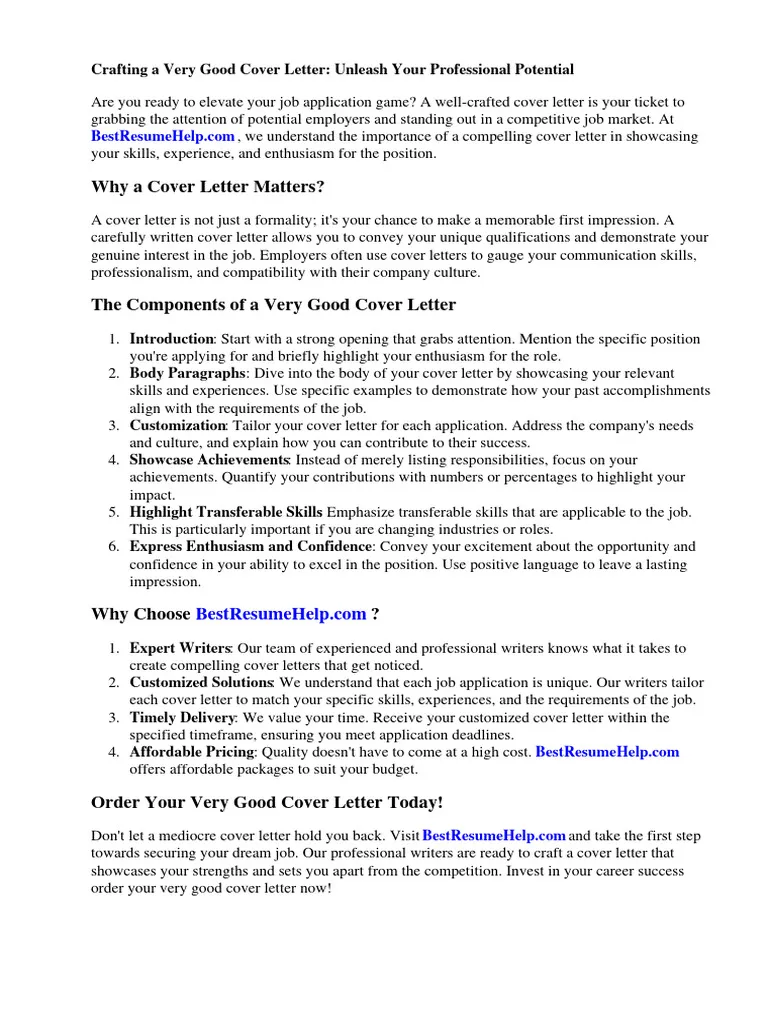
Avoid common mistakes that can undermine the effectiveness of your cover letter. These mistakes can prevent you from securing an interview. Paying attention to these common mistakes will improve your chances. Addressing these mistakes helps create a strong, professional cover letter, increasing the chance of getting a positive response from the hiring manager.
Generic Cover Letters
Avoid using a generic cover letter that isn’t tailored to the specific job and company. Such letters lack the personal touch needed to capture a hiring manager’s attention. Each cover letter should be unique and reflect the job description’s requirements. Customizing your cover letter demonstrates your interest and initiative. Sending a generic letter can make you seem uninterested and can hurt your chances of getting an interview.
Typos and Grammatical Errors
Typos and grammatical errors can damage your credibility and professionalism. Proofread your cover letter carefully before submitting it. Use a grammar checker and ask someone else to review your letter. Ensure that your writing is clear, concise, and error-free. Typos and grammar errors can make you look careless, and they may prevent you from being considered for the role. Take the time to get it right.
Ignoring the Job Description
Failing to address the job description’s requirements can be a significant mistake. Carefully review the job posting and highlight your skills and experiences that match the requirements. Tailor your cover letter to demonstrate your suitability for the role. Ignoring the job description shows that you may not be taking the application seriously. Aligning your letter with the job description is essential for making a strong impression on the hiring manager.
Final Thoughts and Next Steps
Writing a good job cover letter requires careful planning, attention to detail, and a tailored approach. By following these tips, you can create a compelling letter that highlights your skills, experience, and enthusiasm for the job. Remember to proofread your cover letter and customize it for each application. The cover letter is your chance to make a great first impression and secure an interview, so make sure it reflects your best self. This will help you on your way to landing your dream job.
